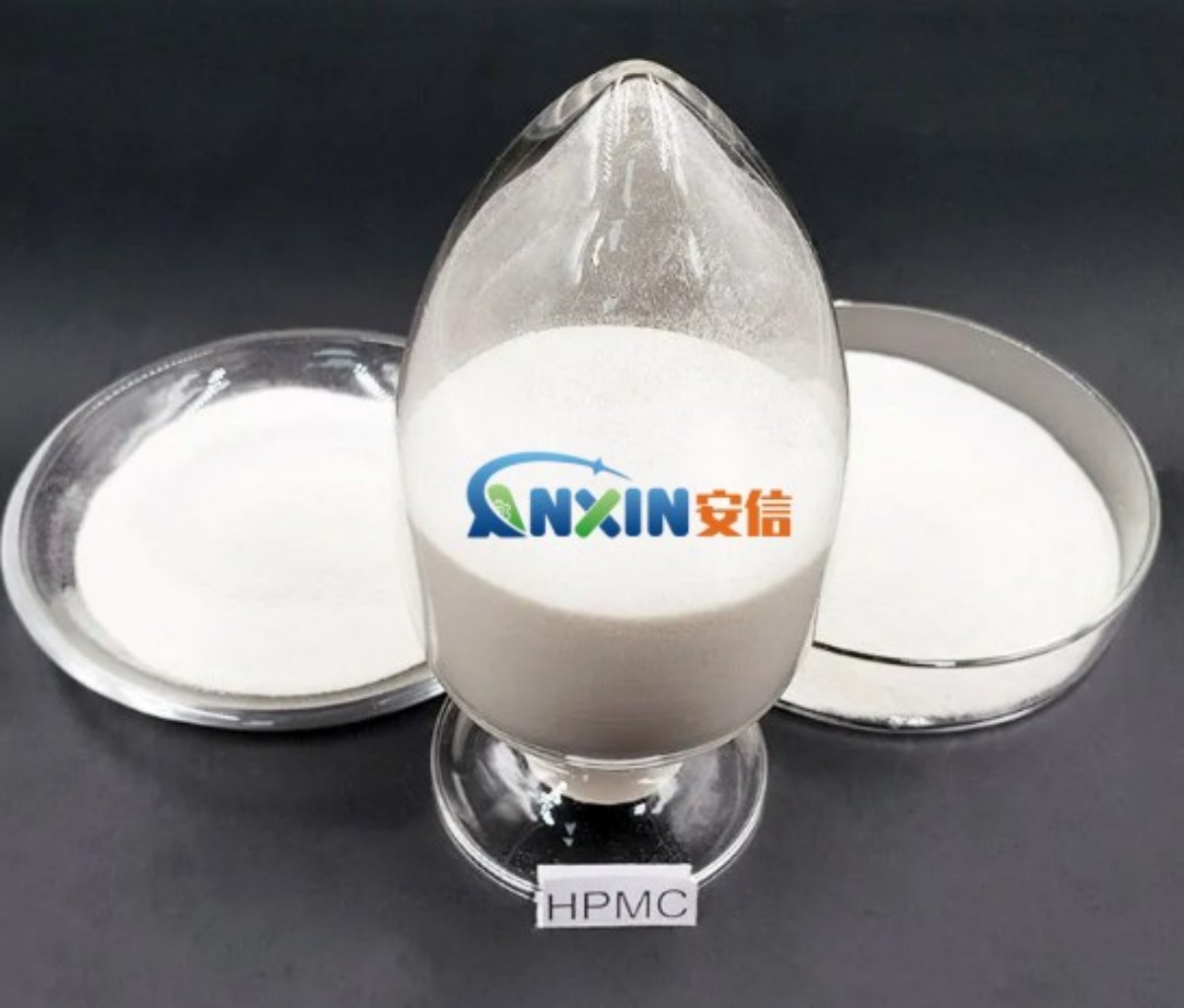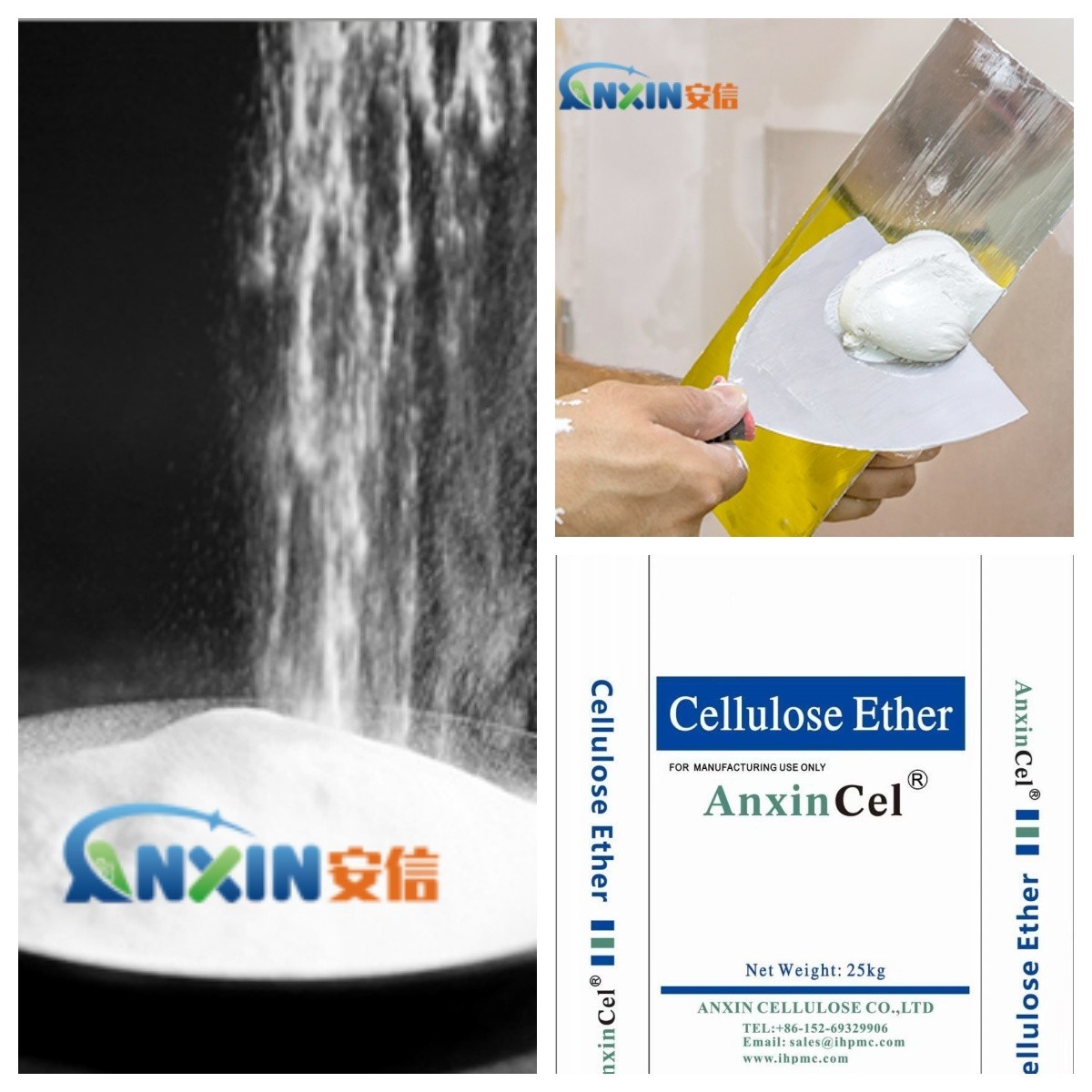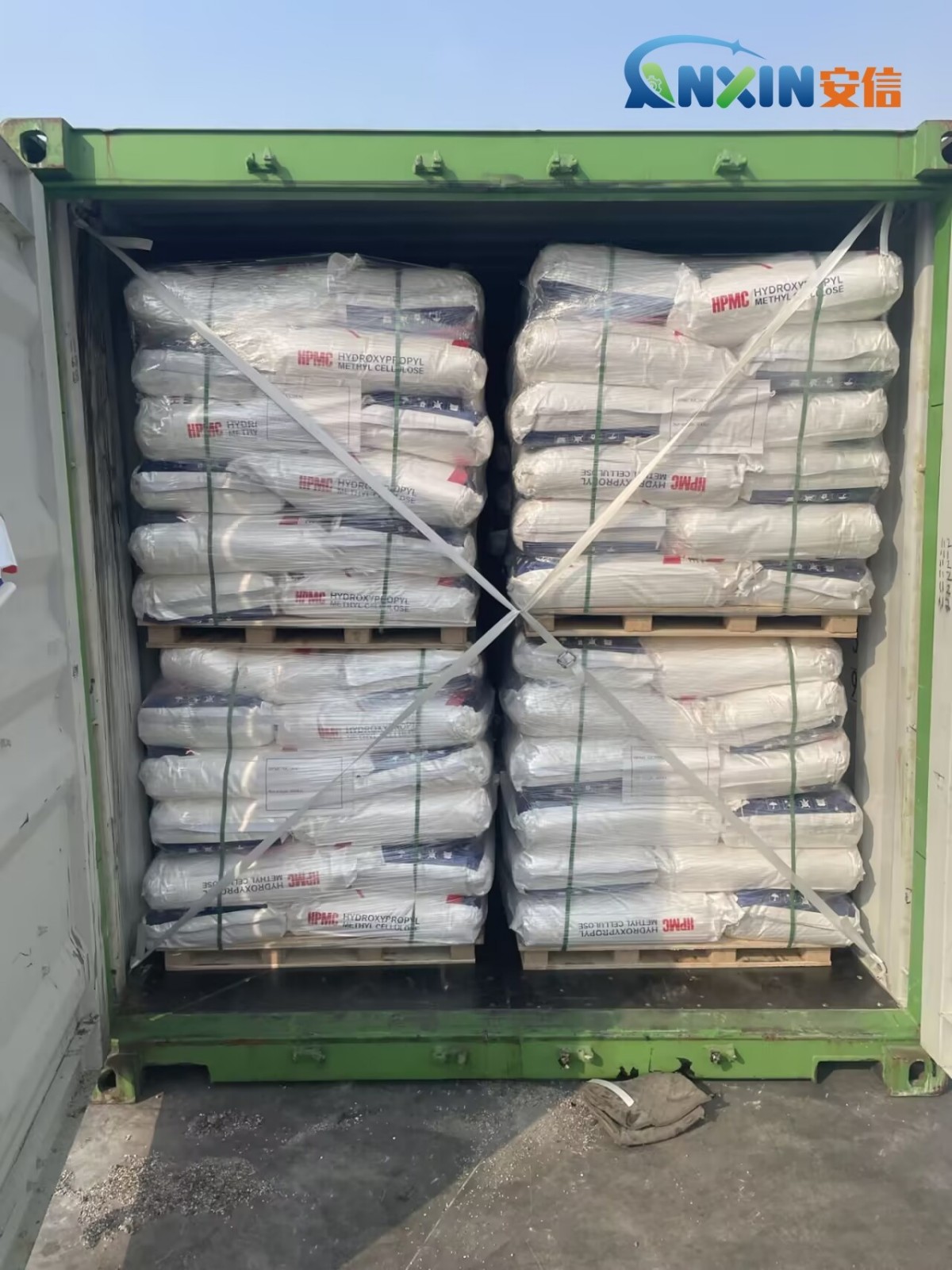1. Overview of HPMC
Hydroxypropyl methylcellulose (HPMC for short) is a commonly used natural polymer material, widely used in construction, coatings, medicine, food and other fields. HPMC is obtained by chemical modification of natural cellulose, has water solubility and biocompatibility, and is insoluble in organic solvents. Due to its excellent water solubility, adhesion, thickening, suspension and other properties, HPMC has been widely used in the construction industry, especially in the application of putty powder.
2. The role of HPMC in putty powder
Putty powder is a building material used for wall treatment, and its main components are fillers and binders. HPMC, as a common thickener and water-retaining agent, can effectively improve the performance of putty powder, specifically including the following aspects:
Thickening effect: HPMC forms a colloidal solution after dissolving in water, which has a strong thickening effect, can improve the rheological properties of putty powder, make it have appropriate viscosity, avoid being too thin when applying, and improve the comfort of operation.
Improve construction performance: HPMC’s thickening effect can not only make putty powder less likely to sag or drip during the application process, but also enhance the adhesion of putty powder, making it easier to apply to the wall, thereby improving construction efficiency.
Improve water retention: HPMC can effectively retain water in putty powder and slow down the evaporation rate of water. This can prevent the surface of putty powder from drying too quickly, ensure its operability during construction, and avoid cracks and shedding.
Improve touch and surface smoothness: HPMC can not only enhance the ductility of putty powder, but also improve its surface flatness, making the putty layer smoother, which is conducive to subsequent painting operations. During the construction process, HPMC can provide better smoothness and reduce the generation of defects and bubbles.
Improve construction stability: The addition of HPMC can improve the anti-precipitation of putty powder, prevent the deposition of fine particles in it, and ensure that the quality and performance of putty powder will not change significantly during long-term storage.
Improve crack resistance: Through the water retention and thickening effect of HPMC, the crack resistance of putty powder can be improved, cracks on the wall can be avoided, and the service life can be extended.
3. Suitable viscosity of HPMC
The effect of HPMC in putty powder is closely related to its viscosity. The choice of viscosity should be determined according to the specific requirements of putty powder and the construction environment. Generally speaking, the viscosity of HPMC ranges from hundreds to tens of thousands of millipoise (mPa·s), among which different viscosities are suitable for different types of putty powder and construction requirements.
Low viscosity HPMC (about 1000-3000 mPa·s): suitable for lightweight putty powder or base putty, mainly used in situations where higher fluidity is required. Low viscosity HPMC can provide better coating performance, making putty powder easy to operate, but water retention and crack resistance are relatively weak.
Medium viscosity HPMC (about 3000-8000 mPa·s): suitable for most common putty powder formulas, which can provide good water retention and anti-precipitation while maintaining good fluidity. HPMC of this viscosity can not only meet the coating requirements during construction, but also effectively prevent problems such as cracking and falling off.
High viscosity HPMC (about 8000-20000 mPa·s): suitable for thick layers of putty powder or occasions requiring strong thickening effect. High viscosity HPMC can provide better thick coating performance and stability, and is suitable for coating applications that require strong touch and smoothness, but it should be noted that too high viscosity may cause the putty powder to be too viscous and affect the construction operation.
In practical applications, the appropriate HPMC viscosity should be selected according to the use scenario and construction method of the putty powder. For example, when the wall surface is relatively rough or multiple constructions are required, a higher viscosity HPMC can be selected to enhance the adhesion and crack resistance of the coating; while in occasions that require higher fluidity and faster construction, low to medium viscosity HPMC can be selected.
Hydroxypropyl methylcellulose is an important building additive that can significantly improve the construction performance, water retention, adhesion and crack resistance of putty powder. Choosing the right HPMC viscosity is crucial for the application of putty powder. Different viscosities can be adjusted according to the type of putty powder, construction environment, and performance requirements. In actual production and construction, controlling the viscosity of HPMC can achieve ideal construction effects and long-term performance. Therefore, according to different construction requirements, reasonably selecting and adjusting the viscosity of HPMC is an important step to ensure the performance and quality of putty powder.
Post time: Mar-25-2025


